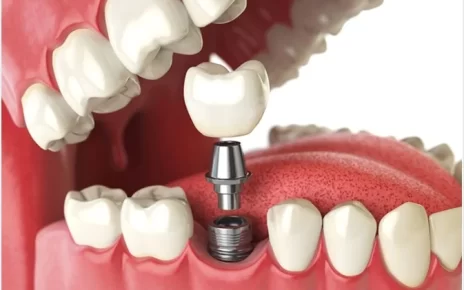The process of tooth extraction is generally painless, and it can take anywhere from five to thirty minutes, depending on the amount of anesthetic used. Before any tooth extraction, the dentist will place gauze over the extraction site to promote clotting and promote healing. If possible, avoid smoking, alcohol, and vigorous exercise, as these can increase blood pressure and lead to more bleeding. You can help reduce swelling by applying an ice pack to the extraction site, or even by placing a bag of frozen corn or peas on the affected area. Pain medications are also available for immediate relief.
After a tooth extraction, you should drink plenty of fluids and eat soft foods. After about an hour, you can begin eating and drinking normally. It is important to follow post-extraction instructions provided by your dentist. A regular oral hygiene regimen will help your body heal and help you avoid infection. You should also be careful to brush and floss your teeth to avoid infection. The dental office will also explain how to properly clean your mouth following the extraction.
A local anesthetic agent is administered to the extraction area, which numbs the area of pain. During the extraction, the patient is often aware, although a sedative may be prescribed to help with anxiety. During the procedure, the dentist will use instruments to grip the tooth and gently rock it until it comes out of the socket. The extraction process is usually quick and painless, but you will probably feel some tugging while the tooth is being removed.
After a tooth extraction, you should drink plenty of liquids and avoid chewing with your teeth near the extraction site for the first 24 hours. Once the extraction site has healed, you can start introducing soft foods to your diet. You should also brush the area around the tooth extraction site so that it doesn’t swell and become infected. You should also avoid chewing on objects near the extraction site until the site has healed. If you don’t like eating soft foods, you can try a yogurt or a pudding.
The cost of a tooth extraction depends on the type of tooth extraction and its complications. The cost of the procedure can range from $800 to $4000, depending on the complexity of the procedure. The process begins with the dentist taking an X-ray of the tooth and preparing the area for the extraction. It is also important to disclose any prescription or over-the-counter medications you may be taking, including vitamins, supplements, and even over-the-counter drugs. If you plan to undergo a bisphosphonate treatment, you should also have your tooth extracted.
There are a number of reasons that a tooth may need to be extracted, including severe decay, advanced periodontal disease, broken bones, and incorrect positioning. Sometimes, a single tooth may need to be extracted, and if it is not removed, it can lead to jaw joint issues, shifting teeth, and pain. In these cases, it’s better to have a tooth extraction than to live with a disfiguring cavity that is unattractive.





